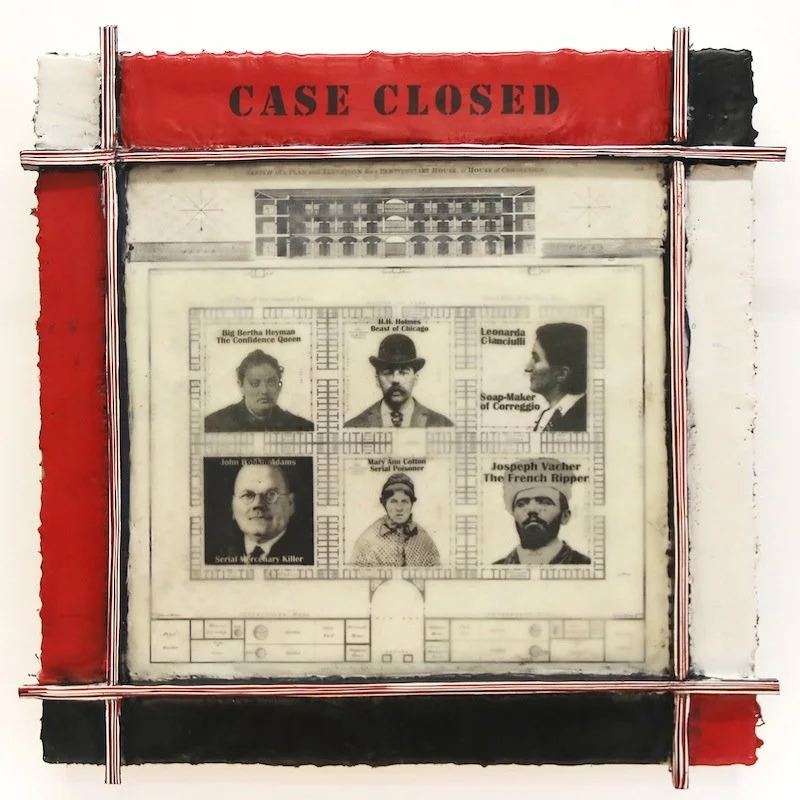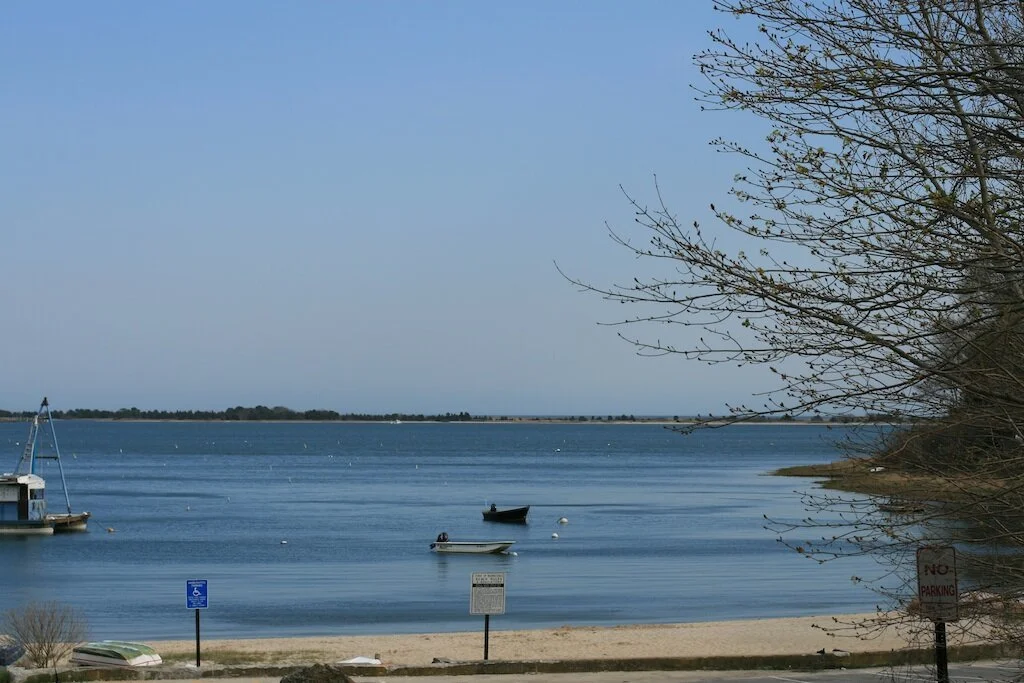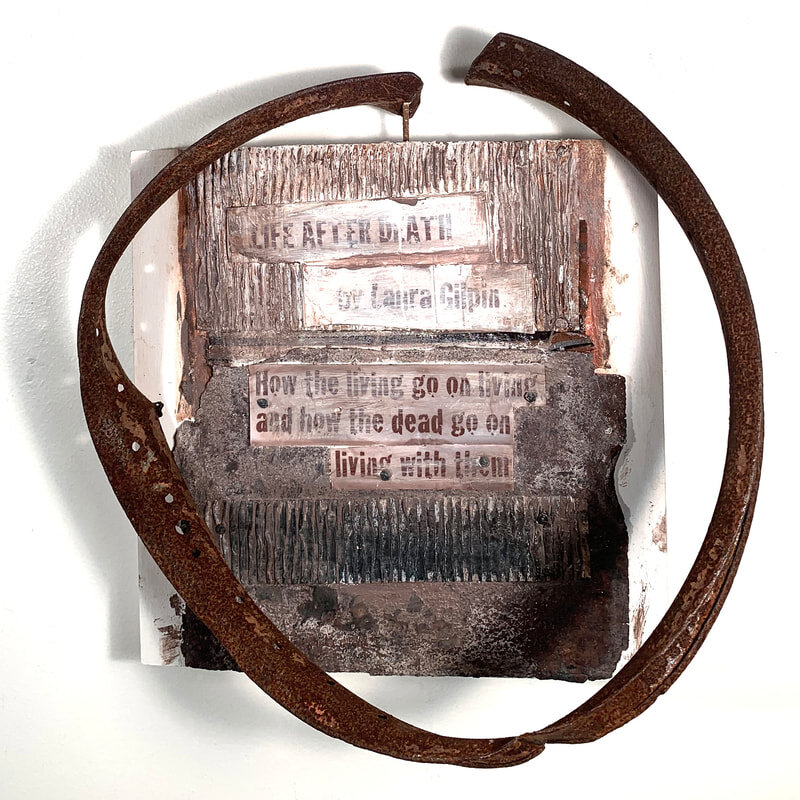“Weeds in Black” (encaustic), by Debra Claffey, who’s based in New Boston, a small town in southern New Hampshire. She’s a member of New England Wax (newenglandwax.com).
She says:
“My experience in horticulture and organic land care has led me to focus in on the plant world and the assaults on the soil, biodiversity of plant species, and the protection of native flora. I celebrate plants: their great age and history on the planet, their intelligence and successful adaptions, their beauty of form, shape, and infinite color. I marvel in our new knowledge of their ways of communication, of making themselves attractive to us and other species, and the trading of ‘goods and services’ that goes on between plants, fungi, bacteria, insects, birds, and even us mammals.’’
New Boston in 1875. Below is an edited version of the Wikipedia entry on the town, which was chartered in 1736.
“In 1820, the town had 25 sawmills, six grain mills, two clothing mills, two carding mills, two tanneries and a bark mill. It also had 14 schoolhouses and a tavern. The Great Village Fire of 1887, which started when a spark from a cooper's shop set a barn on fire, destroyed nearly 40 buildings in the lower village. In 1893, the railroad came to New Boston, and farm produce was sent by rail to city markets. Passenger service was discontinued in 1931, and the tracks were removed in 1935. Today the former grade is the multi-use New Boston Rail Trail.
“The town {along with the adjacent towns of Amherst and Mont Vernon} is home to the 2,800-acre New Boston Space Force Station, which started as an Army Air Corps bombing range in 1942. By 1960, it had become a U.S. Air Force base for tracking military satellites. In July 2021, the facility was given its current name and began operating as part of the United States Space Force. New Boston was also home to the Gravity Research Foundation from the late 1940s through the mid-1960s. Founder Roger Babson placed it in New Boston because he believed it safe from nuclear fallout should New York or Boston be attacked.’’
New Boston Space Force Station






























